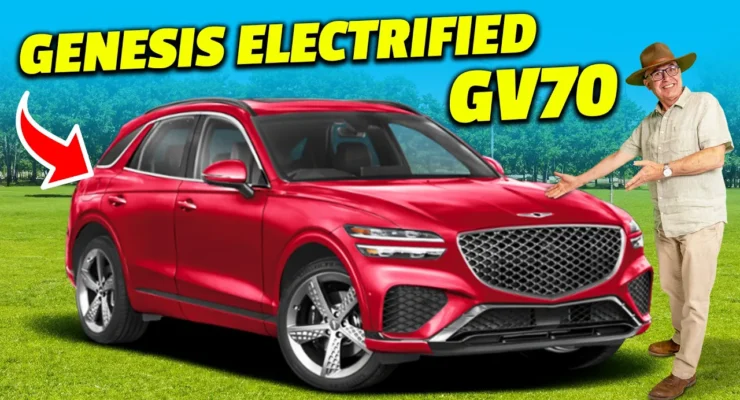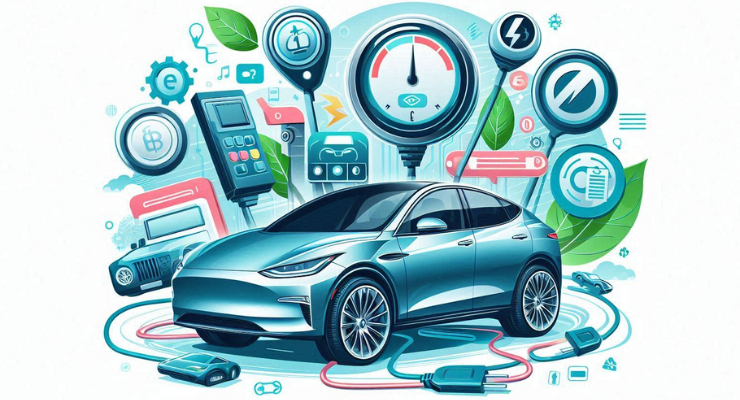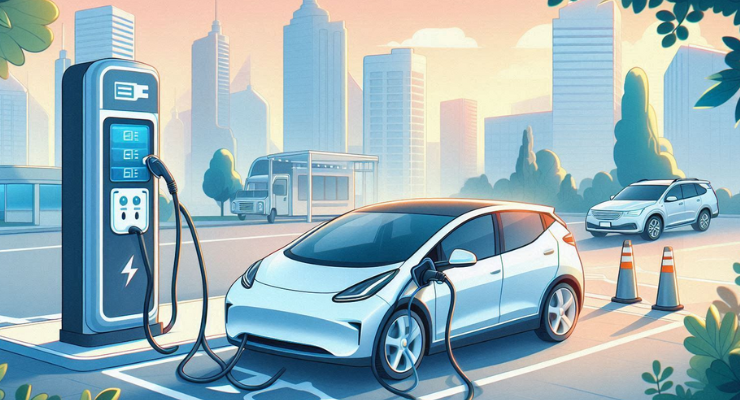
Fast read
The process of using a manufacturer-supplied charging cord is cumbersome because a charging cable's maximum power output is typically 2.2 kW. Installing a level 2 AC charger, also referred to as a dedicated EV supply equipment (EVSE), will speed up EV charging at home.
These chargers cost between $1,000 and $3,000 and provide more power, often 7 kW. As long as the EV can use the higher power output, folks who have a three-phase electrical system at home can use all three phases to charge an EV more quickly. For instance, a Tesla Model S or X can be charged at a rate of 22 kW.
Another method is to use a DC fast charger, which has to charge rates ranging from 50 kW to 350 kW, or to charge at a public EV charging station.
Can you make your Electric Vehicle charge faster?
Electric vehicles are charged like mobile phones. However, with a mobile phone or a smartwatch, there is only one charger and one way to charge, while an EV offers several charging options.
Firstly you must consider being in a home with a single or 3-phase electricity supply. Many homes are still single phase, phase houses built in the last few years, and many rural properties are 3 phase.
When we look at commercial properties, they are mostly 3 phase connections too, but for now, hold that thought.
Two different options
When you buy an EV, the manufacturer usually supplies the car with a charging cable working with an Alternative Current (AC).
This equipment typically comes as part of the new EV purchase, except for the Tesla Model 3 and Tesla Model Y, which no longer include the 10-amp charging cable. So when you buy a $70,000 vehicle, you must buy this piece of equipment separately for less than $1000.
Typically, a piece of equipment called “charge support” is designed to operate at home and plugs into a general power outlet with a 10 amp socket.
Once you plug it in, you might observe that it requires 12 hours or more to fully charge the car, depending on your daily driving distance.
It can take close to 20 hours for a pretty empty battery to charge the car completely, so while it works, it’s quite a slow process.
The equipment, called Electric Vehicle Supply Equipment (EVSE), works with the onboard charger, which is part of the electric vehicle. The manufacturer provides a cable for connecting your power outlet to the integrated car charger, as opposed to providing a separate EV charger.

The Hyundai Ioniq, for instance, features a 7 kW onboard charger, enabling it to charge up to 7 kW at any given time. However, the 10-amp wall socket is rated at 2.2 kW of power. So if one charges the EV via a power point, one will not fully utilise the onboard charger’s capacity, and therefore will not charge their electric vehicle rapidly.
Single-phase home
In a single-phase home, the maximum one can supply is 7.33 kW – so we would have the capacity in the house – if we use almost all the supply to send 7kW into the Ioniq each hour charging.
To maximise the charging capacity in one’s home, we need to purchase a dedicated EVSE called a level 2 AC charger.
These start at around $1000 installed and go up to $3000 depending on the model’s sophistication and if we want a range of smart functions, such as connecting to solar power or other renewable energies.
Three-phase home
In a three-phase home, we have 7.33kW per phase, which means 7.33kW x 3, which is 22kW as the overall capacity of your home – three times the power capacity of a single-phase homeowner.
So a Hyundai Ioniq, regardless of whether you have a single phase or 3 phase, can only accept 7kW via the onboard charger, so how can a three-phase get us any benefit?
The answer is – with a different EV model that can utilise more available power. For example, the Tesla Model S or Tesla Model X is designed for 22kW/h charging.
In this situation, you can then use all 3 phases and this will be at a much faster rate again.
The way you work out the charge rate of an electric vehicle if the battery only has three kW/h left is simple math. Let’s say we have a 63 kW/h battery in the car, we now need to charge 60 kW/h.
Charging it via the home PowerPoint and onboard charger will take 60 / 2.2 = 27.27 hours.
If we use a separate home AC charger with improved capacity and that unit can deliver 7kW, we will take 60 / 7= 8.57 hours.
And if the car happens to be a Tesla and we have a three-phase house and a dedicated Tesla charging unit, we would need 60 / 22 = 2.72 hours to charge the battery.
Naturally, in the house, we would use other electrical devices simultaneously and would not have all the capacity to charge the electric vehicle. So let’s say we have 15 kW available for charging, and the more realistic numbers would be 60 / 15 = 4 hours of charge time.

The fastest way to charge an Electric Vehicle
An even faster way to charge the EV is the Direct Current Fast Charging (DCFC) stations in shopping centres or on highways. As batteries use DC electricity, not AC as supplied in the home, there is the ability to charge even faster because of the more compatible technology.
With a dedicated DC Fast Charger (DCFC), depending on the electric vehicle model, but for example, with a Tesla, one can go from a close to an empty battery to 80% charge within under an hour.
Such fast charging units only charge the battery to 80% capacity to protect the battery from too much heat, which can harm the battery over time.


